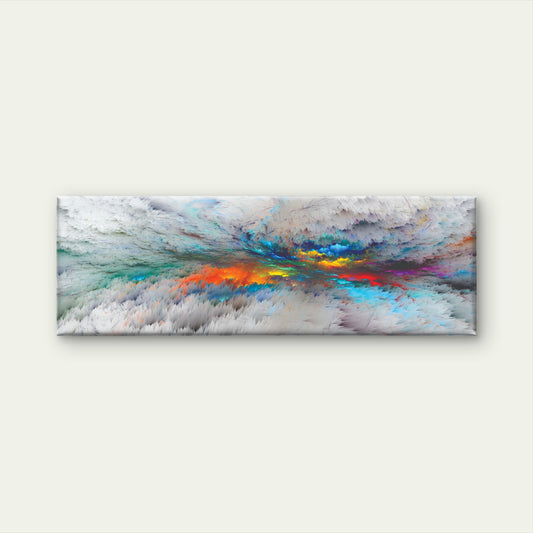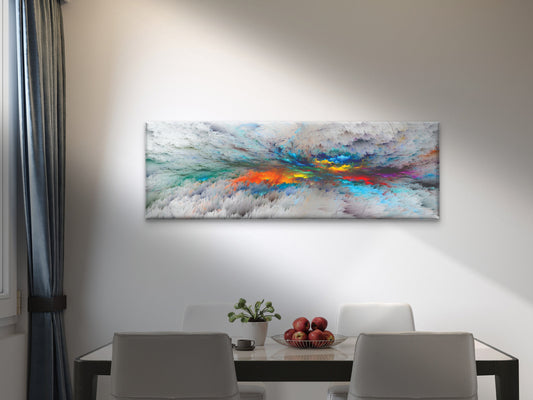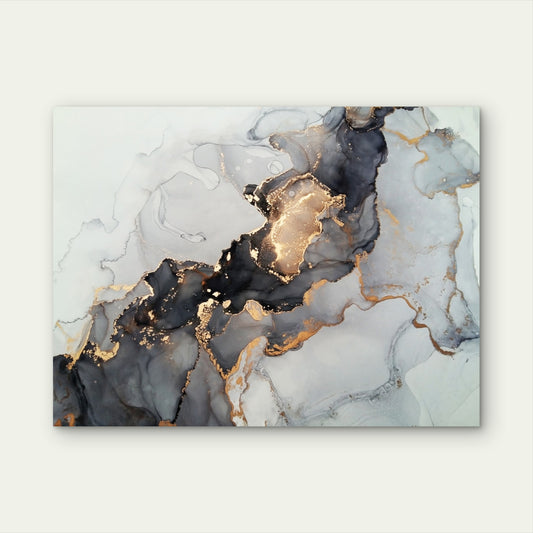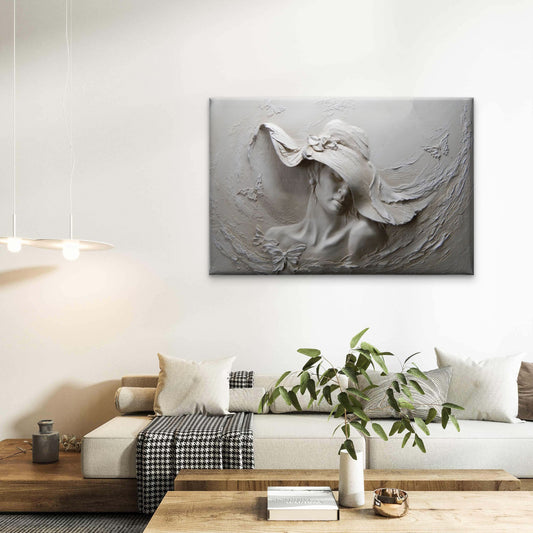
The Artistic Connection: Photography and Painting of Trees
Share
Trees have long been celebrated in both photography and painting, serving as powerful symbols of nature, life, and the passage of time. Their intricate forms, vibrant colors, and diverse textures offer endless inspiration for artists and photographers alike. This article delves into the interplay between photography and painting when it comes to capturing the beauty of trees, exploring techniques, styles, and the emotional impact of these artistic expressions.
The Symbolism of Trees in Art
Trees symbolize growth, strength, and resilience. They are often depicted as metaphors for life’s cycles—rooted in the earth yet reaching towards the sky. In both photography and painting, trees can evoke a sense of tranquility, nostalgia, or even drama, depending on the artist’s interpretation and style.
Photography: Capturing Trees in Their Element
Photography allows for the immediate capture of the beauty and complexity of trees. Here are some techniques and tips for photographing trees:
1. Play with Light: Lighting can dramatically alter the mood of a photograph. Golden hour—shortly after sunrise or before sunset—creates a soft, warm glow that enhances the natural beauty of trees. Backlighting can create striking silhouettes, highlighting the tree’s shape against a colorful sky.
2. Focus on Details: Trees offer a wealth of textures and patterns, from the intricate bark to the delicate leaves. Macro photography can reveal these details, creating abstract compositions that celebrate the beauty of nature.
3. Explore Perspectives: Experimenting with different angles can yield unique images. Shooting from below the tree looking up can create a sense of grandeur, while a wide-angle shot can showcase the tree’s environment, providing context and depth.
4. Seasons and Weather: Trees change dramatically with the seasons. Capturing them in various weather conditions—snow-covered branches, vibrant autumn leaves, or lush green canopies—adds richness to your portfolio and tells a seasonal story.
Painting: Interpreting Trees on Canvas
Painting trees allows for a more interpretive approach, where artists can express their emotions and ideas through color and form. Here are some considerations for painting trees:
1. Choose Your Medium: Different mediums can yield varying results. Watercolors can create soft, ethereal images, while oils or acrylics allow for bolder colors and textures. Pastels can capture the delicate nature of leaves and blossoms, adding a softness to the artwork.
2. Use Color Emotionally: Color choice plays a significant role in conveying mood. Warm colors can evoke feelings of comfort and nostalgia, while cooler tones may suggest calmness or sadness. An artist can manipulate color to express their interpretation of a tree's significance.
3. Focus on Composition: Consider the placement of trees within the artwork. Are they the central focus, or do they complement the landscape? Experimenting with composition can lead to dynamic and engaging paintings that draw the viewer’s eye.
4. Expressive Brushwork: The way an artist applies paint can convey emotion and movement. Loose, expressive brushstrokes can suggest the rustling of leaves or the strength of a sturdy trunk, bringing the painting to life.
The Intersection of Photography and Painting
The relationship between photography and painting is symbiotic. Photographs can serve as references for painters, providing detailed studies of light, shadow, and color. Conversely, paintings can inspire photographers to capture scenes with a particular emotional resonance.
Art Projects: Blending Photography and Painting
1. Mixed Media: Artists can combine photography and painting, creating mixed media pieces that incorporate photographic prints with painted elements. This fusion can add depth and texture, inviting viewers to engage with the artwork on multiple levels.
2. Photo Transfers: Techniques such as photo transfers onto canvas or paper can create a unique backdrop for painting. Artists can paint over the transferred image, blending photography with traditional painting techniques.
3. Land Art: Some artists create temporary installations in nature using natural materials, including leaves, branches, and stones, and then document them through photography. This approach emphasizes the beauty of trees in their natural environment while showcasing the artist's vision.
Conclusion
Trees continue to inspire both photographers and painters, serving as a timeless subject that encapsulates the beauty and complexity of nature. Whether through the precise capture of light and detail in photography or the emotional expression of color and form in painting, the artistic portrayal of trees reveals their significance in our lives. By exploring the interplay between these two mediums, artists can deepen their appreciation for the natural world and convey its beauty to audiences, fostering a greater connection to the environment.








